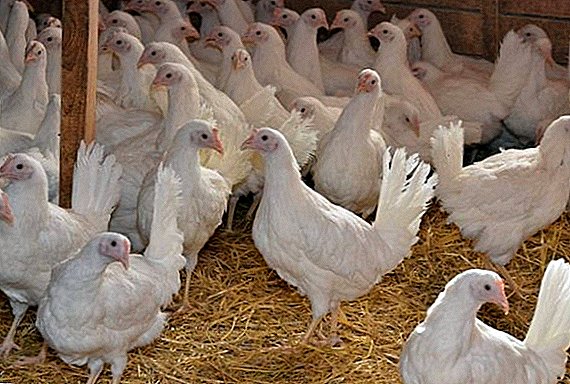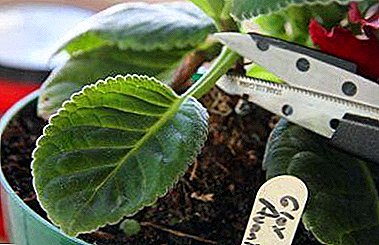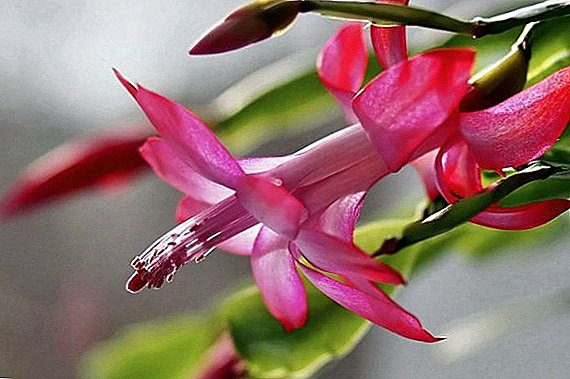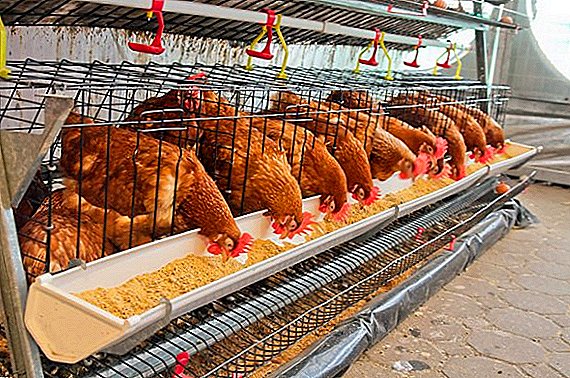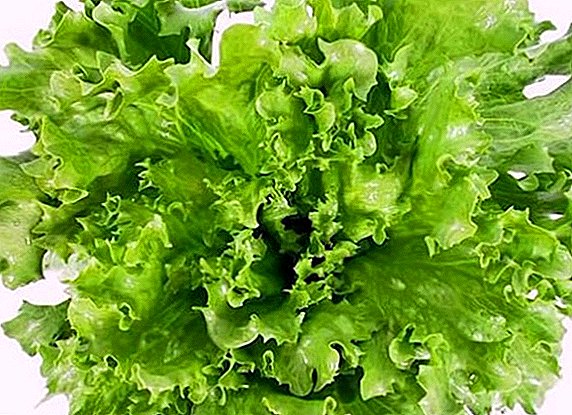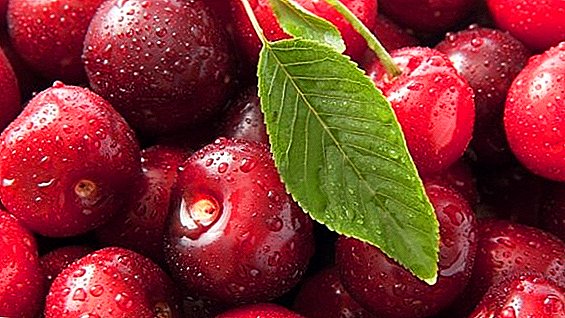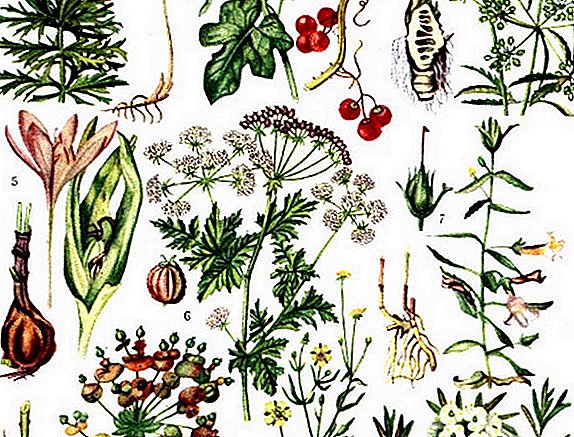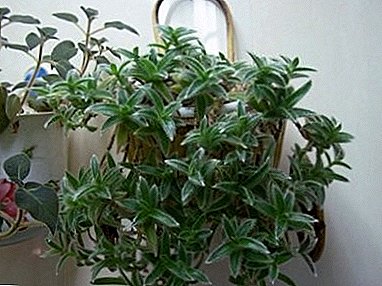
The name of this indoor plant means blue. This name "Cyanotis" was due to the unusual color of the leaves:
from the bottom they have a violet blue tint.
In the indoor floriculture, this flower is not very popular, although even in a non-flowering form it is original and attractive.
General description of the plant
"Cyanotis" is from East Africa. It is a herbaceous plant with drooping stems, completely covered with soft, covered with fine edge leaves collected in the outlet. Its leaves have an unusual color: dark green above and blue-violet below.
The flowers of the plant are bright blue, purple or red, small, collected in small rosettes.
Reference! At home, blooms quite rarely.
The flower grows very quickly, spreading its fleshy stems and forming a thick carpet.
A photo
It looks like a liana "Cyanosis", with proper care:





Home care
Growing rules
This plant will survive even in the most extreme conditions, as its fleshy stems and hairy leaves retain and store moisture. However, in order for Cyanotis to grow and have an attractive appearance, it is worth paying him some attention.
Requirements for light and temperature
 "Cyanotis" loves the light and is able to tolerate even a few direct rays of the sun, but not on the hottest summer days.
"Cyanotis" loves the light and is able to tolerate even a few direct rays of the sun, but not on the hottest summer days.
In the spring, autumn and winter, it is recommended to keep it on a bright sill of a southern, western or eastern location.
On the north windows, and especially at a distance from the sunlight, the leaves of “Cyanotis” will lose their attractiveness, turn pale.
In the summer, "Cyanotis" will feel great on the balcony or veranda. The only condition is that no rain drops should be allowed on it.
But if there is no possibility to create such a temperature, it will perfectly winter itself at normal room temperature.
Watering and humidity
It is necessary to water "Cyanotis" moderately, only slightly moistening the soil. Its fleshy stems and leaves are capable of extracting moisture from the ground and accumulating it, so excess water will only harm them. Experienced growers recommend watering in a pan, and not in a pot, so that moisture does not fall on the leaves.
Reference! Regular watering - once every 7-10 days, in the winter - once every two weeks, and in cool rooms once a month.
The soil between the watering should dry out, the only way to regulate the amount of moisture in the leaves.
Twice a month watering should be combined with fertilizing with mineral fertilizers. In winter, the plant does not need to be fed.
"Cyanotis" does not need high humidity, and with moisture in 60% it may even be affected by spider mites.
Important! "Cyanotis" can not be sprayed and even allow water to enter the leaves during watering.
Soil composition requirements
 For "Cyanotis" suitable soil with reduced acidity, which is provided by the addition of a certain amount of wood ash in the compositions.
For "Cyanotis" suitable soil with reduced acidity, which is provided by the addition of a certain amount of wood ash in the compositions.
For planting, the plant mixes earth, sand and peat in equal amounts.
At the bottom it is necessary to lay a layer of drainage mixture to remove excess moisture from the pot.
Transfer
This plant needs transplanting when the center of its bush is bare. The flower is removed from the old pot and placed in a new one, slightly larger than the previous one.
In this part of the shoots carefully redirected to the center of the outlet and sprinkled with a small layer of earth. These stems quickly give roots, and the center is overgrown with leaves - the plant becomes decorative again.
Important! Care should be taken, as the shoots of Cyanotis are quite fragile.
Breeding
The cuttings of Cyanotis root quickly, therefore this method of reproduction is the most acceptable. Several shoots are planted in one pot at a time and moisten the soil. Reproduction cuttings carried out in the spring.
Attention! Do not cover cuttings when rooting packages, they will rot from high humidity.
A large, overgrown flower can be propagated by dividing a bush and planting parts into separate pots.
Plant formation
 To maintain the attractiveness and stimulate the growth of lateral shoots, the stems must be regularly pinned to the main stems.
To maintain the attractiveness and stimulate the growth of lateral shoots, the stems must be regularly pinned to the main stems.
With aging, the lower leaves begin to fall off, so it needs to be rejuvenated regularly, rooting lateral shoots in the same pot.
Possible problems
This plant, for all its unpretentiousness and amazing survival, is still subject to some difficulties in cultivation:
Diseases
Associated with improper care of the plant:
- Yellowing and rotting of the leaves is a violation of the rules for watering, excess moisture in the soil;
- Extracting shoots, shallow foliage - lack of sunlight;
- Light spots on the leaves - the result of burns direct rays of the sun;
- Pale leaves are hot to the plant;
The leaves turn completely purple and the flower stops growing - too much light.
Pests
Spider mite. Appears on "Cyanotis" with high humidity. The leaves are covered with white webs. Treat leaves with garlic tincture or wash it with soapy water.
Shchitovka. At first, it settles on the underside of the leaves, and, as it breeds, it covers the stems and leaves with brownish specks. It can be cleaned with a cotton swab moistened with alcohol.
Mealy worm. About its appearance says sticky fluff formed in the leaf sinuses. Acting in this case is necessary radically. Find unaffected stems and root them; destroy all other parts of the plant.
 Growing "Cyanotis" - a great opportunity for landscaping the interior for careless owners.
Growing "Cyanotis" - a great opportunity for landscaping the interior for careless owners.
If you do not like to care for indoor flowers, forget to water them, replant them - get “Cyanotis”. With all his unpretentiousness, he is able to steal any room.
All he needs to preserve attractiveness is a bright place, a little watering and transplanting every two years. You can use it for gardening verandas, growing in wall pots, light windowsills. Looks great flower in group plantings.


